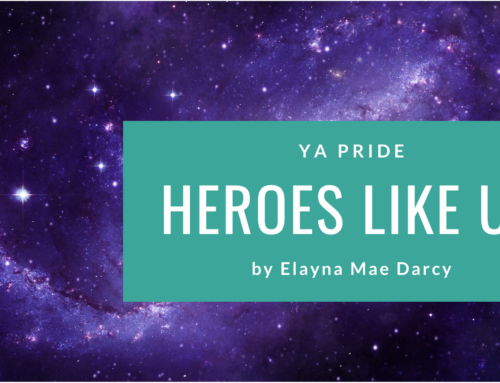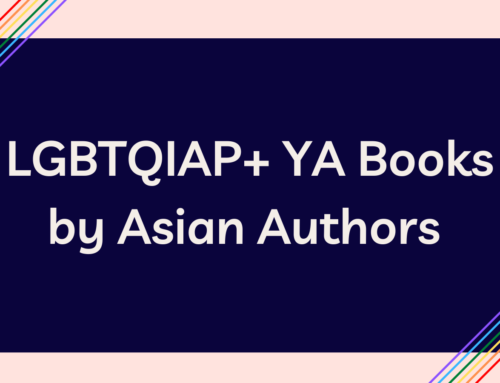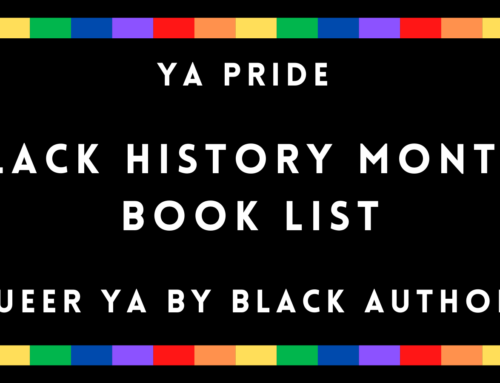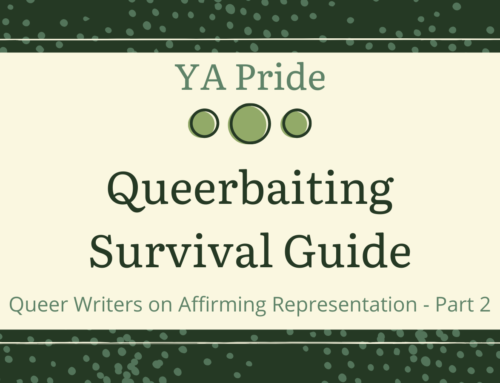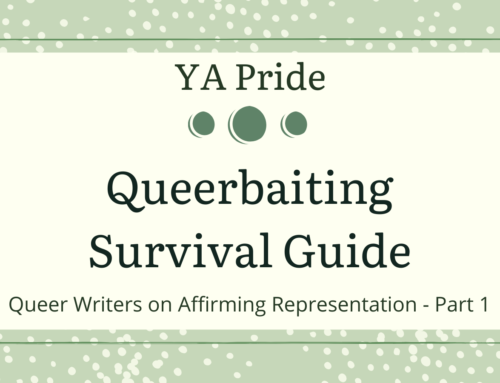Aromantic Spectrum Awareness Week Series: Day 6 – Previous Posts: Introduction to Aromantic Spectrum Awareness Week Series – The Excitement and Frustration of Being “Alone” – Actual Love – Being Surrounded by Something You’ve Never Quite Understood – On Writing Aromantic Characters in YA – Discovering Aromanticism
by Fox Salazar
I remember being a young teen and a voracious reader. I read almost anything. Old classics like Lovecraft, modern realistic fiction authors like Julie Anne Peters, and too many books with dragons to name. But I hated the romance genre.
In fact, I didn’t really like reading romances in other genres. I read coming-out-stories to help myself come out and to make sense of a world that wasn’t really kind to trans (later nonbinary) or bi/pansexuals. I was glad that there were queer teens finding romantic love, getting boyfriends or girlfriends that could share queer experiences with them, but those relationships never fully resonated with me.
In most books, most media really, not finding romantic love is seen as a death sentence. Worse than death, even! If you don’t fall in love by the end of the story, you’re unloveable. There was something wrong with you that kept people away. You were too bitter, too snarky, too guarded, and it’s. all. your. fault.
If you aren’t in a romantic relationship by the end of the story, or you haven’t sacrificed yourself in the name of romantic love, you end up the villain.
Because villains can’t love.
That’s kind of an insidious trope in YA especially. One that maybe isn’t obvious unless you’re really looking. Think about it. In a typical young adult book you have the protagonist who crushes on somebody (or even somebodies), and the relationship grows throughout the story. Juxtaposed is the antagonist who’s usually depicted as stone cold, calculated, and never has a romantic partner. Or in realistic fiction, the people who bullied and harassed our protagonist ends up alone. Maybe they get rejected or dumped in direct response to how they treat others. Not being in a relationship is treated as punishment.
It can all be very disheartening when you yourself don’t really see the appeal of a datemate.
It’s very rare to find a YA book or series where romance doesn’t play a role of some sort, especially in regards to books published in the last decade. From dystopian novels like “The Hunger Games” to almost every coming of age story ever written. Now, that’s not to say that these books aren’t good, or are doing something wrong by including romance. But for the vast majority of books to include romance and be treated as the be-all-end-all experience for a person is a bit daunting.
It’s important, of course, especially in gay-as-an-umbrella-term books to show healthy relationships. But to make it seem like a relationship is all there is to a young queer experience is damaging to everyone. And to make it seem like if you’re not in or looking for a relationship there’s something wrong going on with you is sending an incredibly harmful message.
It would be nice to see more YA books focusing on friendships and how those can shape us just as much or even more so than whoever we’re dating. And of course it’d be great to see aro-spectrum characters! Old AND young. After all, it could do some real good for young aro or aro questioning teens to see an older character that was like them, to show that it’s not just something they’ll grow out of once they find “The One”. Or if they do find “The One”, have it clearly explained it’s because they’re demiromantic and not because everyone only has one person they can ever truly love or that true love changed them.
At this point it would be nice if there was even one aromantic character in mainstream YA fiction.
—
Fox Salazar is a bi/pansexual genderfluid who became a lot happier when they learned the word “aromantic.” They are a book reviewer and hopeful writer. You can find them on Tumblr; Twitter; and YouTube as Masked Fox Creations.
